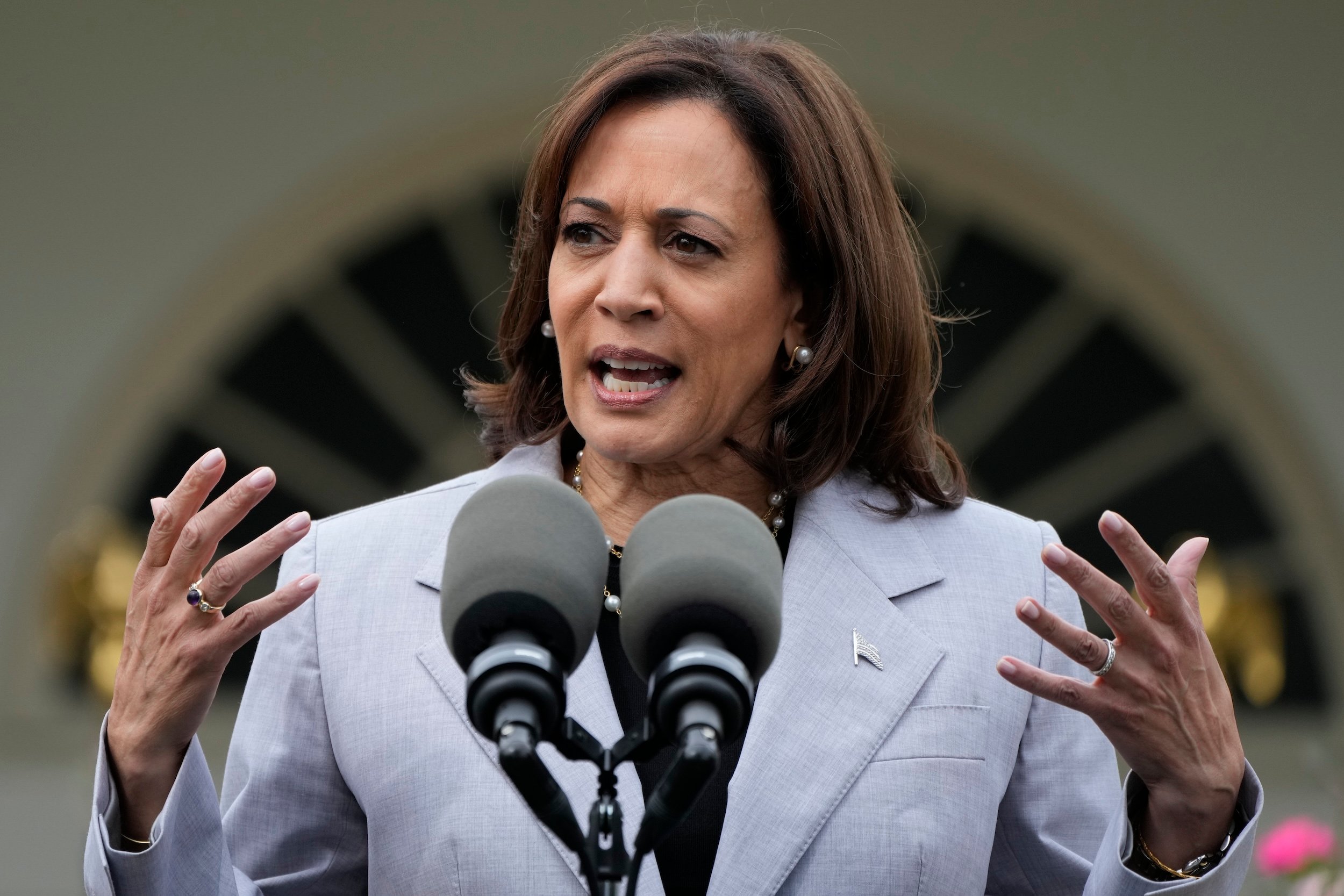What To Know Today
Low-income communities of color saw far greater increases in gun violence last year than more affluent, white neighborhoods. Researchers at the Violence Prevention Research Program at the University of California, Davis, analyzed ZIP code-level violence data in 13 major U.S. cities from 2018 to 2020. They found that gun violence increased by 29 percent, and homicides by 28 percent, in the first five months of the pandemic (March through July 2020) compared to the same period in 2018 and 2019. While that picture echoes other nationwide estimates of the violent crime spike in 2020, these findings add to our understanding of where the violence actually happened. Comparing the ZIP code data with the income levels and race of residents, they determined that on average, the least-privileged ZIP codes experienced 14 more incidents of gun violence and five more homicides than the most privileged ones. “This study adds to the mounting body of research showing that equal opportunities — including the opportunity to live, work, learn, play, and worship free from violence — are not afforded to all Americans and that the greatest burdens of violence are shouldered by our most marginalized and economically vulnerable neighborhoods,” Shani Buggs, an assistant professor at VPRP and a study co-author, said in a press release. The findings were published this month in the American Journal of Public Health.
Gun violence in Philadelphia, visualized by map. Local news nonprofit Billy Penn analyzed data from January 2015 through October 2021 looking at the city’s 66 contiguous election wards. Clicking on the below map shows you where shootings have remained stubbornly consistent, and where they have changed from year to year.
Experts name a multiplicity of variables for why shootings spike or decline year over year, but say that one constant is proximity to poverty. “Large swatches of the city that have high rates of poverty are also surrounded by other areas with high poverty,” Dr. Caterina Roman, a Temple criminology professor, told Billy Penn. Roman said neighborhoods whose neglect has given them “poor schools, poor infrastructure, limited affordable housing, and limited social opportunities” come together to form “a network of disinvestment.” Because those networked neighborhoods tend to border one another, a spike in shootings in one ward often accompanies a spike in a neighboring ward. Live in Philly and need help? Billy Penn was a crucial partner as we worked to build Up The Block, our resource hub for Philadelphians affected by gun violence.
At least 9 major U.S. cities have already broken year-end homicide records. With nearly three weeks left in the year, that list includes Albuquerque, New Mexico; Austin, Texas; Columbus, Ohio; Indianapolis; Louisville, Kentucky; Portland, Oregon; Philadelphia; Rochester, New York; and Tucson, Arizona, CNN reports in its review of stats in 40 major cities. Meanwhile, Milwaukee, Minneapolis, and Nashville are all on pace to eclipse their own grim milestones before the end of the year.
Students may have averted a Florida university shooting. Two students at Embry-Riddle Aeronautical University in Daytona Beach reported concerning messages they’d received over Snapchat from a 19-year old classmate last Thursday, which detailed an alleged “plot to shoot up” the campus. The suspect was arrested with a gun and boxes of ammunition and police praised the action of the students. Protesting violence in Staten Island: Hundreds of students at Susan E. Wagner High School staged a walkout yesterday in response to a number of recent violence incidents that included someone bringing a gun to school and threatening a student with it.
Data Point
14 — the number of victims from a Sunday night drive-by shooting that targeted a candlelight vigil in a Houston suburb; one person died from their wounds. Police were still looking for suspects. [CNN]

